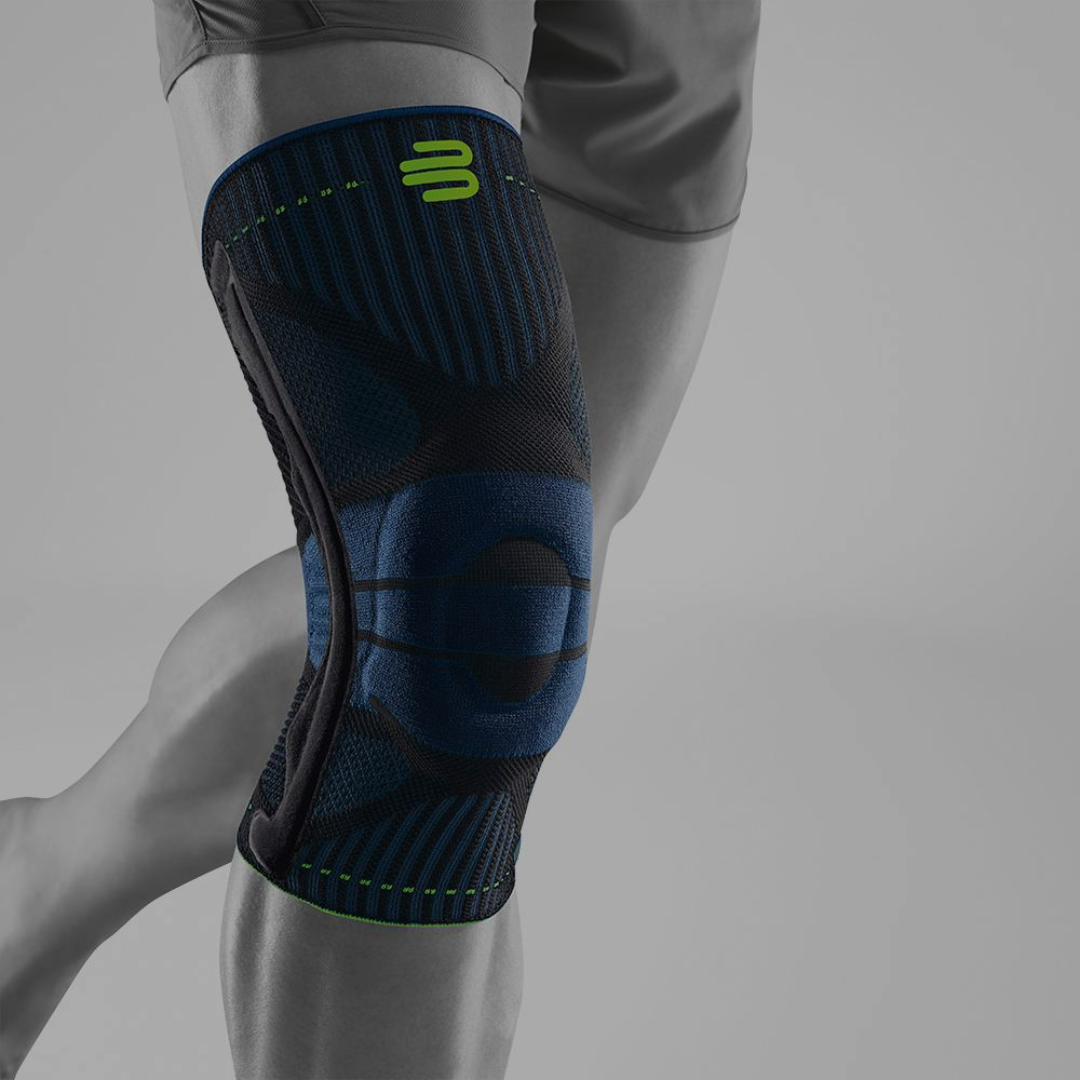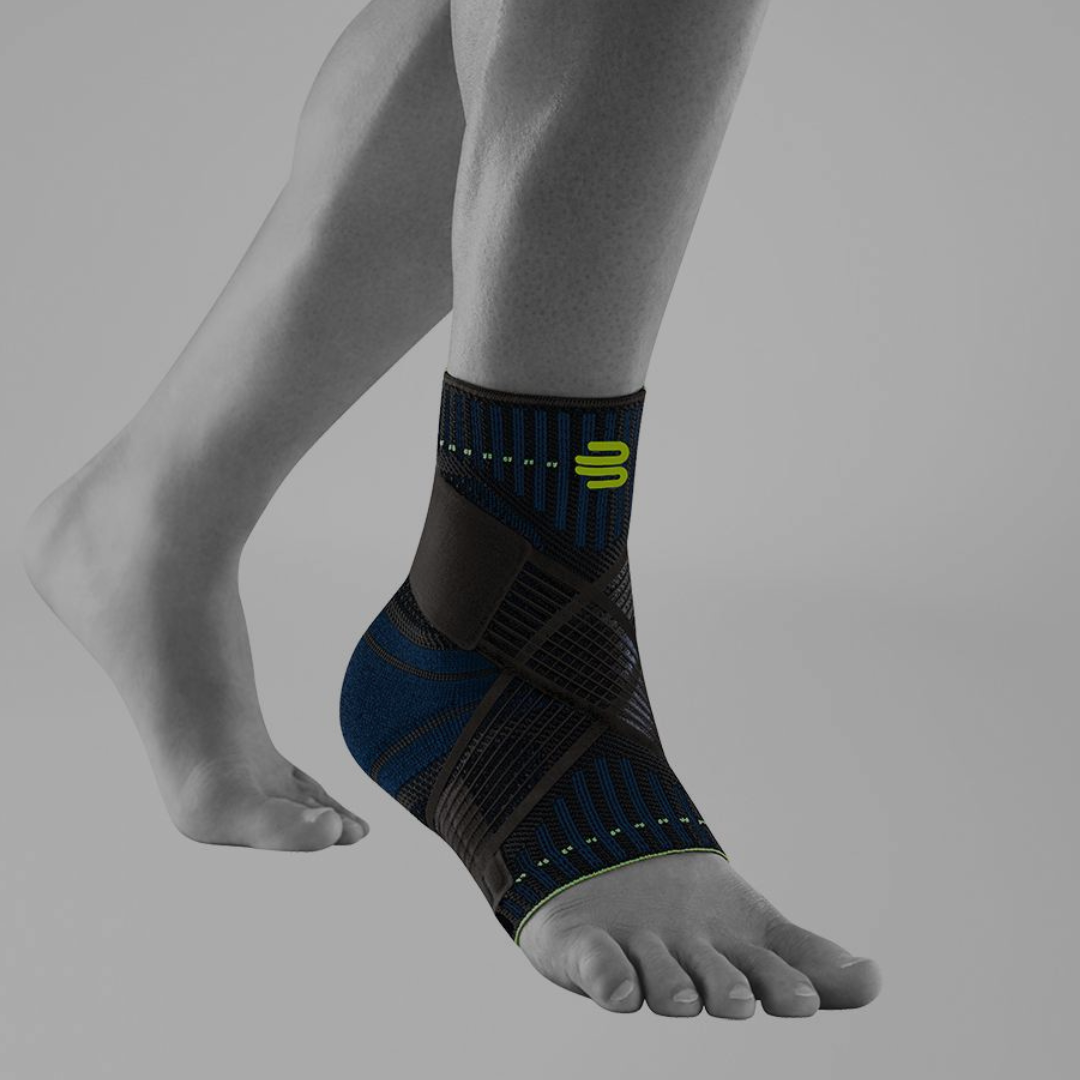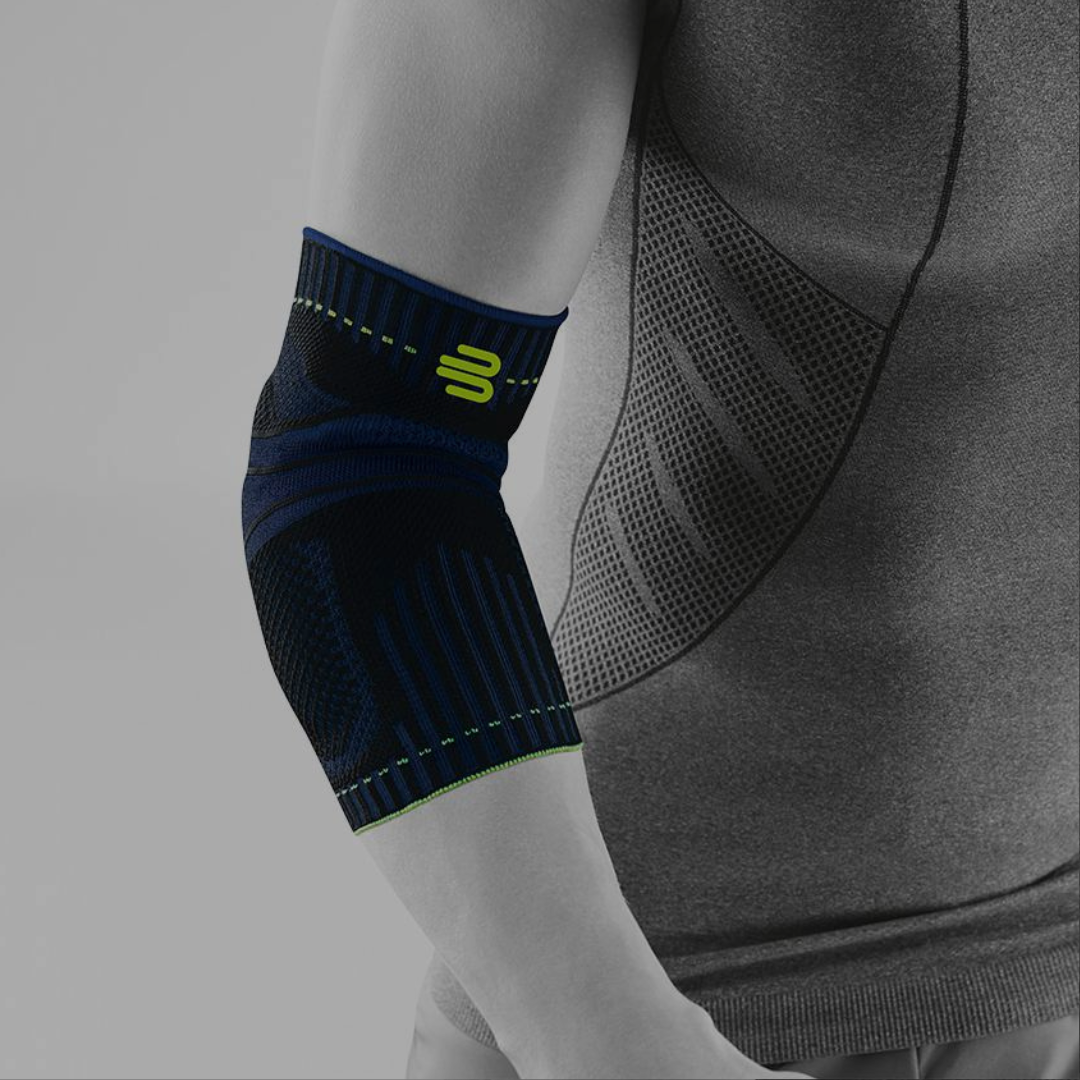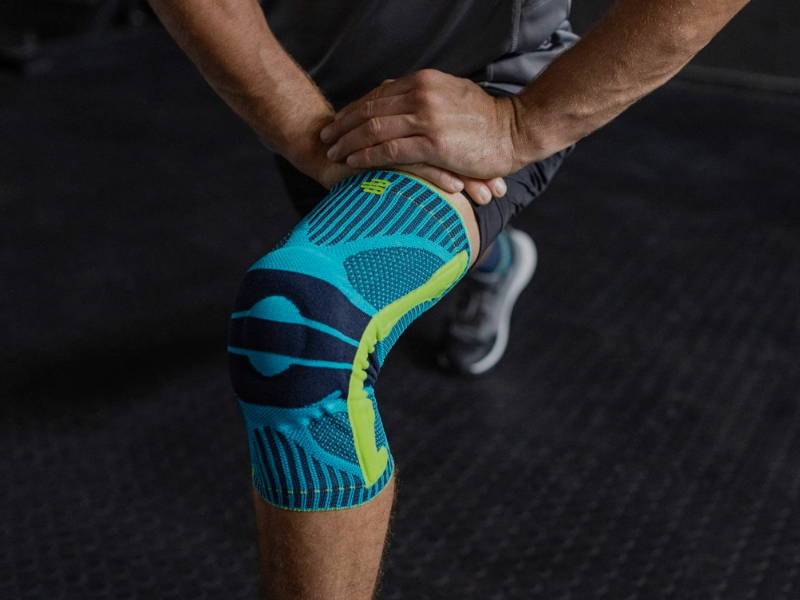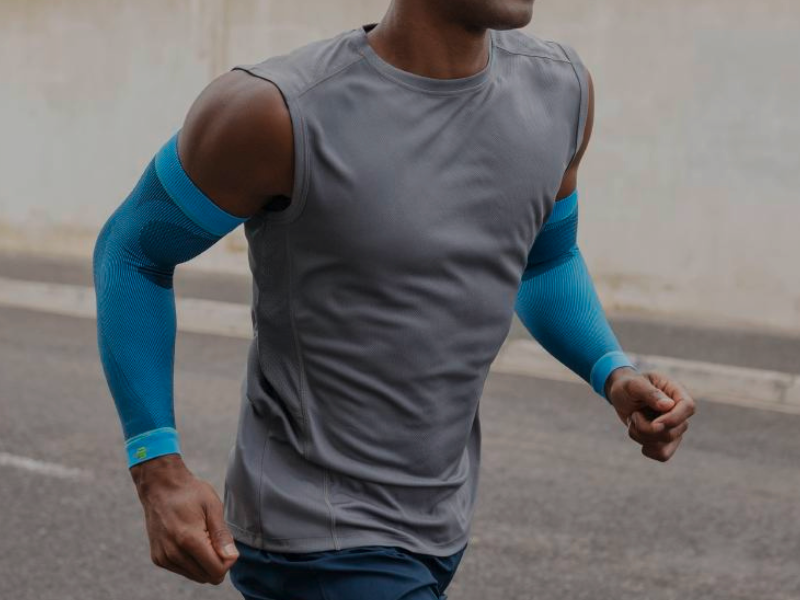When pain occurs in the back of the knee or calf, speculation soon follows as to what the cause is and how to treat it. After all, you wouldn’t want to stop training. Finding the cause of the pain is an important first step to getting back to a pain-free run!
What causes pain at the back of the knee?

The knee is a joint with complex structures. Pain in the back of the knee – and in the calf as well – can have many causes. A damaged meniscus, cartilage or joint capsule are the usual suspects. If there is also swelling at the back of the knee in addition topain, you may be suffering from a Baker’s cyst.
Assumptions, however, won’t be of any use. Only your physician will be able to tell you what the pain at the back of your knee is all about. It is crucial to find the reason for your pain – so you can be free from pain, return to training, and, most importantly prevent complications and secondary knee problems. Therefore: it is very important to consult a physician to find the specific cause of the pain.
The more accurate the information you provide, the more effectively your physician will be able to help you. It will therefore be useful if you answer the following questions in advance:
- When did the pain occur for the first time?
- In which situations does the pain occur?
- What exactly does the pain feel like?
- Have you previously had knee problems?
- How intensively do you exercise?
- Have you ever tried to do something about the pain?
- If so, what did you do, and was it successful?
Depending on the diagnosis, your physician should then be able to recommend suitable treatment.
What to do about pain in the back of the knee?
Until your medical consultation or if the pain is mild, heat treatment and cooling are your first line of defense. But which to use in what situation? If your problems have been caused by inflammation, cooling will help. Use a cold pack or ice and wrap it in a thin towel. This will protect your tissue from being damaged. Don’t cool your knee for too long, start in intervals of 20 minutes of cooling and rest.
If, on the other hand, muscle problems are causing the pain, then applying heat will usually be the right choice. The same applies here as well: not too hot and not for too long. If you’re not sure whether heat or cooling is better, listen carefully to your body – if in doubt consult your physician, do not experiment!
As long as you’re unsure what is causing the pain at the back of your knee and/or your calf, you should be careful with your knee and rest it. If the pain is severe, your obvious course of action is to take a break from your running training for the time being. If the pain is mild, you can carefully try to go running again. But start gently and keep an eye on how your knee feels.
Support and compression ensure increased protection

If your physician has excluded tissue damage and you want to train gently despite some discomfort, additional support may help. By exerting moderate compression, joint perception, and muscle activation will improve. This will give you a confident feeling when running and helps to prevent inappropriate mechanical stress. The Sports Compression Knee Sleeve is a great option to increase support and get you back into your routine.

